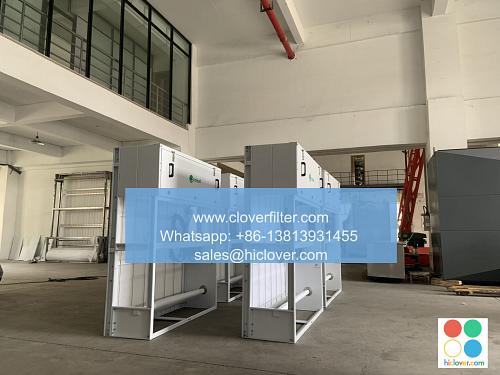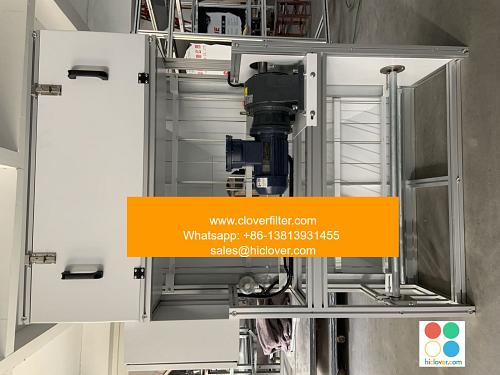Cleanroom Air Filtration: The Key to a Successful Toronto Cleanroom

Cleanrooms are controlled environments that require precise conditions to maintain the integrity of the products or research being conducted within them. One of the most critical aspects of a cleanroom is the air filtration system, which plays a vital role in removing particulate matter, germs, and other contaminants from the air. In Toronto, where the demand for cleanrooms is high due to the presence of thriving industries such as pharmaceuticals, biotechnology, and electronics, the importance of cleanroom air filtration cannot be overstated.
A cleanroom air filtration system typically consists of a series of filters, including pre-filters, HEPA (High Efficiency Particulate Air) filters, and ULPA (Ultra Low Penetrating Air) filters. The pre-filters capture larger particles, such as dust and hair, while the HEPA and ULPA filters remove smaller particles, including bacteria, viruses, and other microorganisms. The air is then recirculated back into the cleanroom, creating a continuous cycle of clean air.
The air filtration system in a Toronto cleanroom must meet specific standards and regulations, including those set by the International Organization for Standardization (ISO) and the Canadian Standards Association (CSA). These standards dictate the level of air cleanliness required for different types of cleanrooms, ranging from ISO 9 (the least clean) to ISO 1 (the cleanest). The air filtration system must be designed and installed to meet these standards, ensuring that the cleanroom environment remains contamination-free.
In addition to meeting regulatory standards, a well-designed air filtration system in a Toronto cleanroom can provide several benefits. These include improved product yields, reduced defect rates, and enhanced operator safety. By removing contaminants from the air, the risk of product contamination is minimized, resulting in higher quality products and reduced waste. Moreover, a clean and healthy environment for operators can lead to increased productivity and reduced absenteeism.
The maintenance of a cleanroom air filtration system is also crucial to its effectiveness. Regular filter replacements, system checks, and cleaning of the cleanroom environment are essential to prevent contamination and ensure optimal performance. In Toronto, where the cleanroom industry is highly competitive, regular maintenance can help companies stay ahead of the competition by maintaining high levels of quality and productivity.
When designing or upgrading a cleanroom air filtration system in Toronto, several factors must be considered. These include the size and layout of the cleanroom, the type of products or research being conducted, and the level of air cleanliness required. It is essential to work with experienced professionals who have expertise in cleanroom design and air filtration systems to ensure that the system meets the specific needs of the cleanroom.
In conclusion, cleanroom air filtration is a critical aspect of maintaining a successful cleanroom in Toronto. By removing contaminants from the air, a cleanroom air filtration system can help ensure the quality and integrity of products or research, while also providing a safe and healthy environment for operators. With the right design, installation, and maintenance, a cleanroom air filtration system can help companies in Toronto achieve their goals and stay competitive in their respective industries.
Frequently Asked Questions


